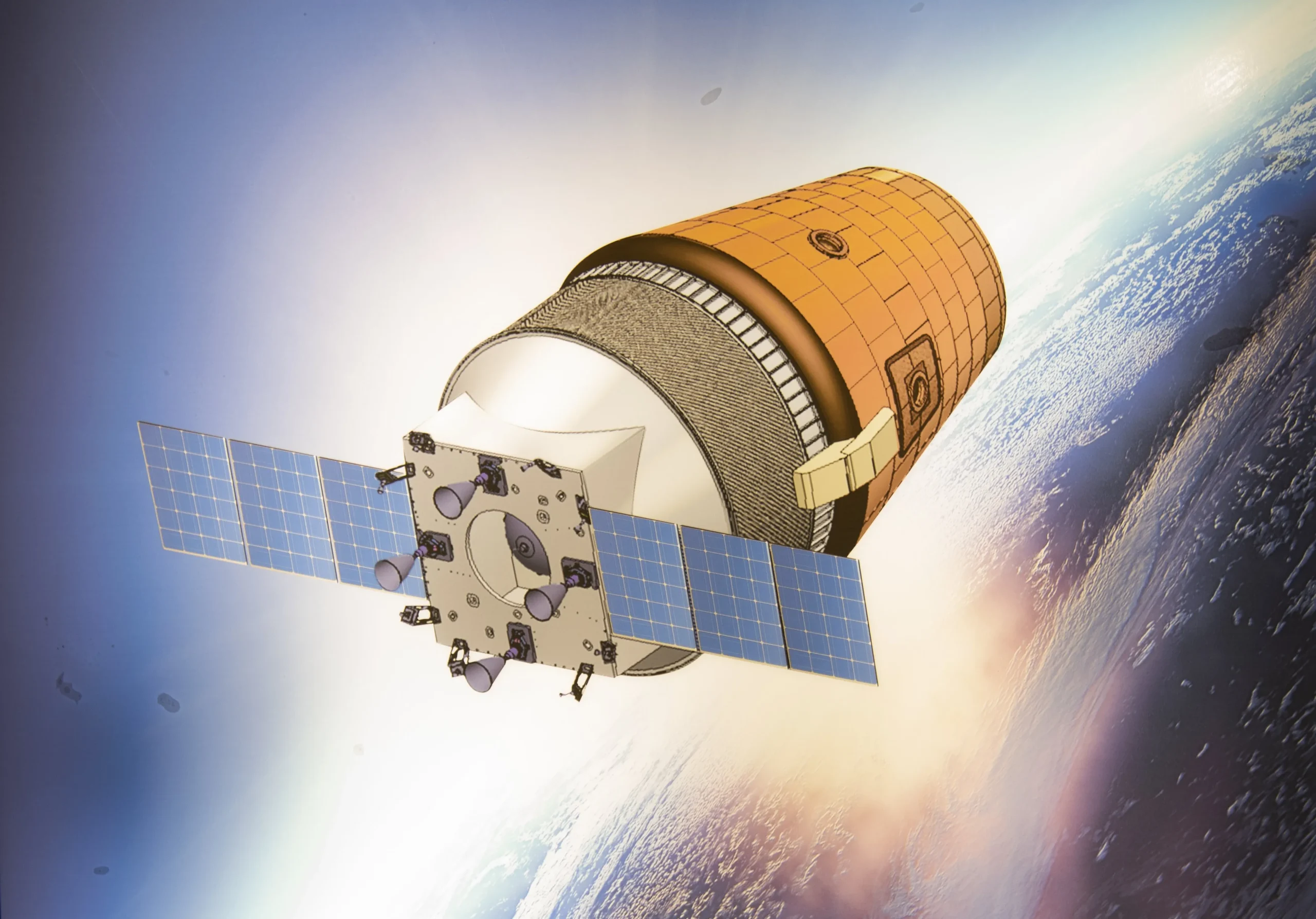After the success of the lunar mission, India will soon embark on the journey of studying the Sun. The Indian Space Research Organisation (ISRO) has made preparations for the Aditya mission to the Sun. ISRO chief S. Somnath said on Thursday that Aditya L1 will be India’s first space mission to study the Sun. It will be launched next month, i.e., in the first or second week of September. Its purpose is to closely observe the sun and study its atmosphere and magnetic field.
S. Somnath said that the Aditya mission to the Sun is getting ready for launch in September. Along with this, ISRO is also working fast on Gaganyaan. After several tests, the first manned mission could possibly be completed by 2025. Gaganyaan is the manned spacecraft on which ISRO has been working for many years.
As we successfully landed on moon and the Chandrayan-3 has already accomplished two of its pivotal goals: demonstrating a secure and gentle landing on the lunar surface and successfully navigating the moon’s terrain with a rover. This rover will continue its lunar sojourn for a Lunar day, equivalent to approximately 14 Earth days.
A pivotal aspect of Chandrayaan-3 is its innovative payload, designed to unravel the mysteries of the lunar environment. The Vikram lander, after undergoing thorough health assessments, will dispatch the payload rover to undertake a series of experiments. These payloads, each with a unique purpose, promise to unveil the lunar realm’s secrets.
– RAMBHA-LP: This Langmuir Probe stands ready to analyze the near-surface plasma density’s fluctuations over time, providing insights into the dynamic nature of ions and electrons around the lunar area.
– ChaSTE: The Chandra’s Surface Thermophysical Experiment aims to comprehensively measure the thermal properties of the lunar surface near the poles, unraveling the mysteries of temperature variations on the moon.
– ILSA: The Instrument for Lunar Seismic Activity will play a pivotal role in gauging seismic activity around the landing site. By deciphering the lunar crust and mantle’s structural composition, ILSA promises to broaden our understanding of the moon’s geological dynamics.
Accompanying these efforts is the remarkable Pragyan rover, a trailblazing endeavor to delve into the moon’s south pole, a region previously untouched by other nations. Pragyan’s multi-faceted mission includes analyzing the lunar surface’s chemical composition, scrutinizing lunar soil and rocks, and evaluating ions and electrons density. This data will be relayed from the rover to the lander and then transmitted back to Earth, unlocking insights that were once beyond our grasp.
Pragyan’s rover payloads promise to add a new layer of understanding to the lunar landscape:
– APXS: The Alpha Particle X-Ray Spectrometer is tasked with deciphering the chemical composition of lunar material, shedding light on the moon’s mineralogical tapestry.
– LIBS: Through the Laser Induced Breakdown Spectroscope, scientists aim to ascertain the elemental composition of lunar soil and rocks near the landing site. The concentrations of elements like magnesium, aluminum, silicon, potassium, calcium, titanium, and iron will contribute to a more profound comprehension of the lunar surface.
– SHAPE: The Spectro-polarimetry of Habitable Planet Earth represents a remarkable experiment aimed at studying Earth in the near-infrared wavelength range. While not directly related to the lunar mission, it showcases ISRO’s multifaceted approach to space exploration.
As India’s scientific community and ISRO gear up for these ambitious undertakings, the world watches with anticipation. These missions not only push the boundaries of human knowledge but also exemplify India’s indomitable spirit to explore and contribute to our understanding of the universe. In the grand tapestry of space exploration, India’s efforts shine brightly as a testament to human curiosity and ingenuity.














